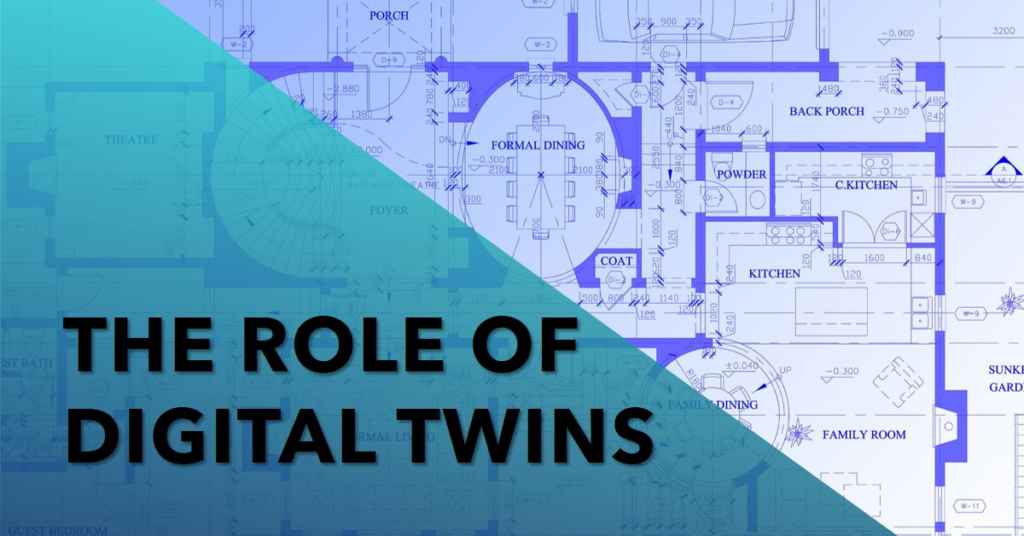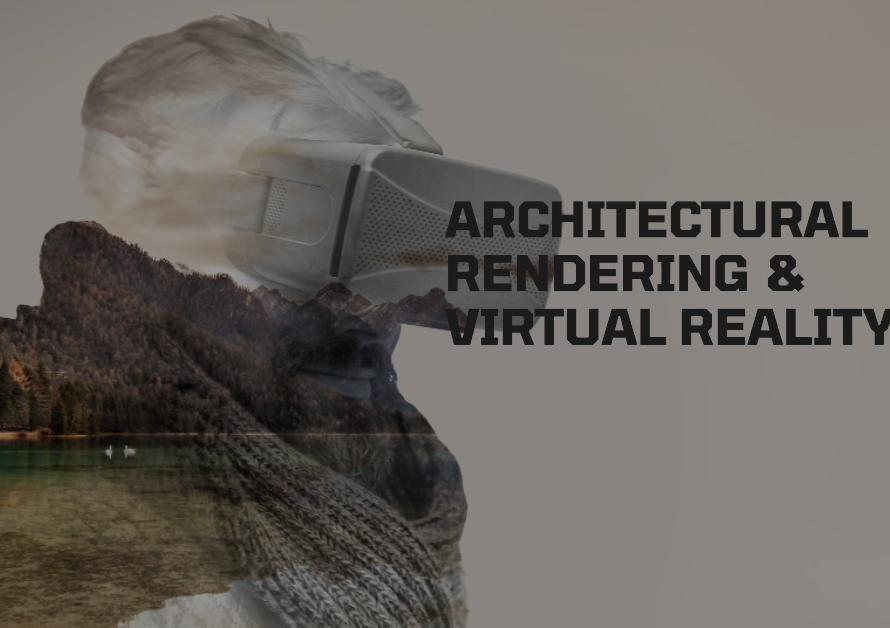
Table of Contents
- Introduction to Digital Twins
- The Concept of Smart Buildings
- How Digital Twins Enhance Smart Building Design
- Operational Benefits of Digital Twins in Smart Buildings
- Challenges and Limitations
- Future Trends and Innovations
- Case Studies of Digital Twins in Smart Buildings
- Conclusion and Future Outlook
Introduction to Digital Twins
Digital twins are virtual replicas of physical entities, designed to mirror their real-world counterparts in a digital format. Originating from the aerospace industry, where they were first employed to replicate complex systems, digital twins have since evolved and permeated various sectors, including manufacturing, healthcare, and smart building design. These digital representations allow for real-time monitoring, simulation, and analysis, thereby enhancing decision-making processes.
The core concept of digital twins hinges on their ability to integrate data from physical devices through sensors and Internet of Things (IoT) technologies. This data is then processed and analyzed using advanced algorithms, creating a dynamic model that reflects the current state of the physical entity. By continuously updating with new data inputs, digital twins provide a comprehensive, real-time view of the physical object’s performance and condition.
Creating a digital twin involves several critical components. Firstly, a robust data collection framework is essential. This framework typically includes IoT devices, sensors, and other data acquisition tools that gather information about the physical entity. This data is then transmitted to a central system where it is stored, processed, and analyzed. Advanced analytics, machine learning, and artificial intelligence play pivotal roles in interpreting this data and updating the digital model accordingly.
The role of digital twins extends beyond mere replication; they enable predictive maintenance, optimize operational efficiencies, and support the design and testing of new systems. For instance, in smart building design, digital twins can simulate various environmental conditions and usage scenarios, allowing architects and engineers to make data-driven decisions that enhance energy efficiency, occupant comfort, and overall building performance.
As the technology continues to advance, the adoption of digital twins is expected to grow, driven by the increasing availability of IoT devices and advancements in data analytics. This growth underscores the transformative potential of digital twins in reshaping how we design, operate, and maintain complex systems across various industries.
The Concept of Smart Buildings
Smart buildings represent a transformative approach in the realm of architecture and urban planning, leveraging cutting-edge technologies to optimize various aspects of building management. At the core of smart building design is the integration of the Internet of Things (IoT), Artificial Intelligence (AI), and other advanced technologies. These elements work synergistically to enhance energy efficiency, occupant comfort, and operational efficiency.
IoT devices play a pivotal role in smart buildings by collecting and transmitting data across a network of sensors and actuators. These devices monitor a wide range of parameters, from temperature and humidity to occupancy levels and energy consumption. The real-time data gathered is crucial for making informed decisions that enhance the building’s performance. For instance, smart thermostats can adjust heating and cooling systems based on occupancy patterns, significantly reducing energy wastage.
AI further augments the capabilities of smart buildings by analyzing the data collected by IoT devices. Machine learning algorithms can predict maintenance needs, optimize energy usage, and improve the overall user experience. For example, AI-driven systems can identify patterns in energy consumption and suggest measures to reduce costs, or detect anomalies in building operations that may indicate potential issues.
Another critical aspect of smart buildings is the focus on occupant comfort. Advanced climate control systems, lighting adjustments based on natural light availability, and personalized environmental settings contribute to creating a comfortable and productive environment for occupants. These systems can adapt in real-time to the preferences and presence of individuals, ensuring an optimal indoor environment.
Operational efficiency is also a key benefit of smart building technologies. Automated systems can streamline various tasks, from security management to facility maintenance, reducing the workload on human operators and minimizing the risk of human error. Sophisticated building management systems enable facility managers to monitor and control different aspects of the building from a centralized platform, enhancing overall operational efficiency.
Understanding the concept of smart buildings is essential to appreciating the role of digital twins in this paradigm. Digital twins serve as the virtual counterparts to physical buildings, providing a dynamic and interactive representation that can be used to simulate, analyze, and optimize various aspects of building performance.
How Digital Twins Enhance Smart Building Design
The role of digital twins in the realm of smart building design is transformative, providing a robust platform for simulation, analysis, and optimization before actual construction begins. By creating a virtual replica of a proposed building, digital twins allow architects and engineers to foresee potential issues, thus enabling preemptive action to mitigate them. This foresight is invaluable, as it can save significant time and resources by avoiding costly modifications during the construction phase.
One of the pivotal advantages of digital twins is their ability to simulate various scenarios and environmental conditions. For instance, digital twins can model the impact of different weather conditions on the building’s structure and energy consumption. This predictive capability allows designers to optimize the building’s performance and resilience, ensuring it can withstand diverse environmental stresses. Additionally, by simulating human occupancy patterns, digital twins can help in designing buildings that are not only efficient but also comfortable for their inhabitants.
Material optimization is another critical area where digital twins excel. By analyzing the virtual model, designers can determine the most efficient use of materials, leading to reduced waste and cost savings. This optimization extends to the selection of sustainable materials, which can enhance the building’s environmental footprint. By integrating data on material properties, digital twins facilitate the choice of materials that offer the best balance of durability, cost, and sustainability.
Furthermore, digital twins play a crucial role in enhancing sustainability. They enable the incorporation of energy-efficient systems and renewable energy sources into building designs. By providing detailed insights into energy consumption patterns, digital twins help in designing buildings that minimize energy use and maximize energy efficiency. This not only reduces operational costs but also contributes to the broader goal of reducing the carbon footprint of the built environment.
In essence, digital twins offer a comprehensive toolkit for smart building design. They empower stakeholders to make informed decisions, ultimately leading to buildings that are efficient, sustainable, and resilient. The integration of digital twins into the design phase marks a significant step forward in the evolution of smart building technology.
Operational Benefits of Digital Twins in Smart Buildings
The adoption of digital twins in the realm of smart building design offers substantial operational advantages, creating a seamless blend of advanced technology and efficient management. One of the primary benefits is the capacity for real-time monitoring and control. Digital twins provide a virtual replica of the physical building, enabling facility managers to oversee and manage building operations with precision. This real-time insight allows for immediate responses to any irregularities, enhancing the overall functionality and safety of the building.
Another significant advantage is predictive maintenance. Traditional maintenance approaches often rely on scheduled checks or reactive measures, which can be inefficient and costly. Digital twins allow for a predictive maintenance model, where potential issues are identified and addressed before they escalate into major problems. Sensors and IoT devices collect data on various building systems, and this data is analyzed to forecast maintenance needs. This proactive approach not only reduces downtime but also extends the lifespan of building assets.
Energy management is a critical aspect of smart building operations, and digital twins play a pivotal role in optimizing energy use. By continuously monitoring energy consumption patterns, digital twins help identify inefficiencies and suggest improvements. This leads to significant energy savings and contributes to the sustainability goals of the building. For instance, by analyzing data from HVAC systems, digital twins can adjust settings to maintain optimal comfort levels while minimizing energy use.
Improved occupant experience is another notable benefit of employing digital twins in smart buildings. The technology enables a personalized environment tailored to the needs and preferences of the occupants. For example, lighting and temperature settings can be adjusted automatically based on occupancy patterns, enhancing comfort and productivity. Additionally, digital twins can facilitate better space utilization, ensuring that areas are used efficiently and effectively.
Several real-world examples illustrate the successful implementation of digital twins in smart building operations. For instance, the Edge building in Amsterdam utilizes a digital twin to manage its energy systems, resulting in a 70% reduction in energy use compared to traditional office buildings. Similarly, the Marina Bay Sands resort in Singapore leverages digital twin technology for predictive maintenance, significantly reducing operational costs and enhancing guest experience.


Challenges and Limitations
The role of digital twins in smart building design is transformative, but its implementation is not without challenges and limitations. One significant technical challenge is data integration and interoperability. Digital twins rely on vast amounts of data from various sources, including sensors, IoT devices, and building management systems. Ensuring seamless data flow and integration from these disparate sources is complex and often requires sophisticated software solutions and robust data management frameworks. Interoperability issues arise when different systems and devices, often from various manufacturers, need to communicate and work together effectively. This necessitates adherence to standardized protocols and continuous updates to maintain compatibility.
Another challenge is the financial aspect of deploying digital twins. The initial investment for the necessary hardware, software, and skilled personnel can be substantial. While the long-term benefits of improved efficiency and reduced operational costs are clear, the upfront costs can be a barrier for many organizations, particularly small to medium-sized enterprises. Additionally, ongoing maintenance and updates to the digital twin system can incur further expenses.
Regulatory hurdles also pose significant challenges. The implementation of digital twins must comply with numerous regulations related to data privacy, cybersecurity, and building codes. Navigating the regulatory landscape can be time-consuming and requires constant vigilance to ensure compliance. This is particularly pertinent when dealing with sensitive data and ensuring that the digital twin system is secure from cyber threats.
Despite these challenges, ongoing research and development are paving the way for potential solutions. Advances in artificial intelligence and machine learning are enhancing data integration processes, making them more efficient and less resource-intensive. Standardization initiatives are also underway to address interoperability issues, promoting smoother communication between diverse systems. Financial barriers are being mitigated through innovative business models, such as digital twin as a service (DTaaS), which allows for more flexible and scalable adoption. As the technology matures, it is expected that these challenges will be progressively addressed, making the role of digital twins in smart building design increasingly viable and impactful.
Future Trends and Innovations
The role of digital twins in the realm of smart building design is poised to expand dramatically with the advent of new technologies. One of the key emerging trends is the integration of artificial intelligence (AI) and machine learning. These technologies enable digital twins to learn from vast datasets, optimizing building operations in real-time. For instance, AI can predict maintenance needs before they become critical issues, thus minimizing downtime and ensuring operational efficiency.
Enhanced data analytics is another frontier where digital twins are making significant strides. With the ability to process and analyze data from numerous sensors and systems, digital twins offer unparalleled insights into building performance. This data-driven approach allows for more informed decision-making, enhancing energy efficiency, occupant comfort, and overall building management. Advanced analytics can identify patterns and anomalies that human operators might miss, providing a proactive approach to building management.
Furthermore, the increasing integration of edge computing is set to revolutionize the role of digital twins in smart buildings. Edge computing brings data processing closer to the source, reducing latency and increasing the speed of decision-making. This is particularly valuable in scenarios where real-time responses are crucial, such as managing HVAC systems or lighting based on occupancy. By distributing computational tasks to the edge, buildings can operate more autonomously and efficiently.
Looking ahead, these innovations are expected to further transform smart building design and management. Predictive maintenance driven by AI, superior data analytics, and the rapid responsiveness of edge computing will collectively enhance the functionality and sustainability of smart buildings. As these technologies continue to evolve, the role of digital twins will become even more integral, driving smarter, more resilient, and energy-efficient building environments.
Case Studies of Digital Twins in Smart Buildings
The role of digital twins in smart building design is exemplified through various real-world applications. One such case is the development of a state-of-the-art office complex in Singapore. The primary challenge faced was optimizing energy efficiency while maintaining occupant comfort. By implementing a digital twin of the building, engineers were able to simulate various energy consumption scenarios. This led to the integration of adaptive HVAC systems, which resulted in a 20% reduction in energy use and improved indoor air quality.
Another notable example is the refurbishment of a historic building in London. Preservation of the building’s architectural integrity was paramount, yet there was a need to modernize its infrastructure. The digital twin created for this project allowed for detailed simulations of structural stress and potential refurbishments. This enabled the team to identify vulnerable areas and implement targeted reinforcements without compromising the building’s historical value. The outcome was a seamless blend of old-world charm and modern efficiency.
In the realm of educational facilities, a university campus in California utilized digital twins to enhance campus safety and operational efficiency. The challenges included managing the vast array of facilities and ensuring the safety of students and staff. By leveraging a digital twin, the campus management could monitor real-time data from various sensors, predict maintenance needs, and streamline emergency response protocols. This proactive approach resulted in a 30% decrease in maintenance costs and significantly improved the overall safety and functionality of the campus.
Lastly, a hospital in Germany employed digital twins to optimize patient care and facility management. The complex nature of hospital operations posed significant challenges in terms of resource allocation and patient flow. Through the use of a digital twin, hospital administrators were able to simulate various operational scenarios, leading to better resource distribution and reduced patient wait times. The implementation of these solutions translated into enhanced patient outcomes and operational efficiency.
These case studies illustrate the transformative impact of digital twins in smart building design. By addressing specific challenges and providing tailored solutions, digital twins not only enhance operational efficiency but also contribute to sustainable and intelligent building management.
Conclusion and Future Outlook
Throughout this blog post, we have delved into the transformative role of digital twins in smart building design and management. Digital twins, as virtual replicas of physical assets, enable enhanced efficiency, predictive maintenance, and optimized resource utilization. By integrating real-time data and advanced analytics, these digital models provide invaluable insights that drive intelligent decision-making and proactive management.
The importance of digital twins in the context of smart buildings cannot be overstated. They offer a comprehensive overview of building performance, enabling stakeholders to monitor, analyze, and optimize various parameters such as energy consumption, occupant comfort, and overall operational efficiency. This holistic approach not only improves the sustainability of buildings but also enhances their resilience and adaptability to changing conditions.
Looking ahead, the future of digital twins in smart building design is poised for significant advancements. As technology continues to evolve, we can expect to see even more sophisticated and integrated digital twin solutions. Innovations in artificial intelligence, machine learning, and the Internet of Things (IoT) will further amplify the capabilities of digital twins, enabling more precise predictions and automated responses to building conditions.
Moreover, the adoption of digital twins is likely to expand beyond individual buildings to encompass entire smart cities. This broader application will facilitate better urban planning, efficient resource management, and improved quality of life for residents. The synergy between digital twins and other emerging technologies will undoubtedly unlock new possibilities and redefine the landscape of smart building design.
As we continue to explore and harness the potential of digital twins, it is crucial for industry stakeholders to collaborate and share knowledge. By fostering a community of innovation and continuous improvement, we can accelerate the adoption of digital twins and realize their full potential. We invite you to join the conversation, share your experiences, and contribute to shaping the future of smart building design.


